
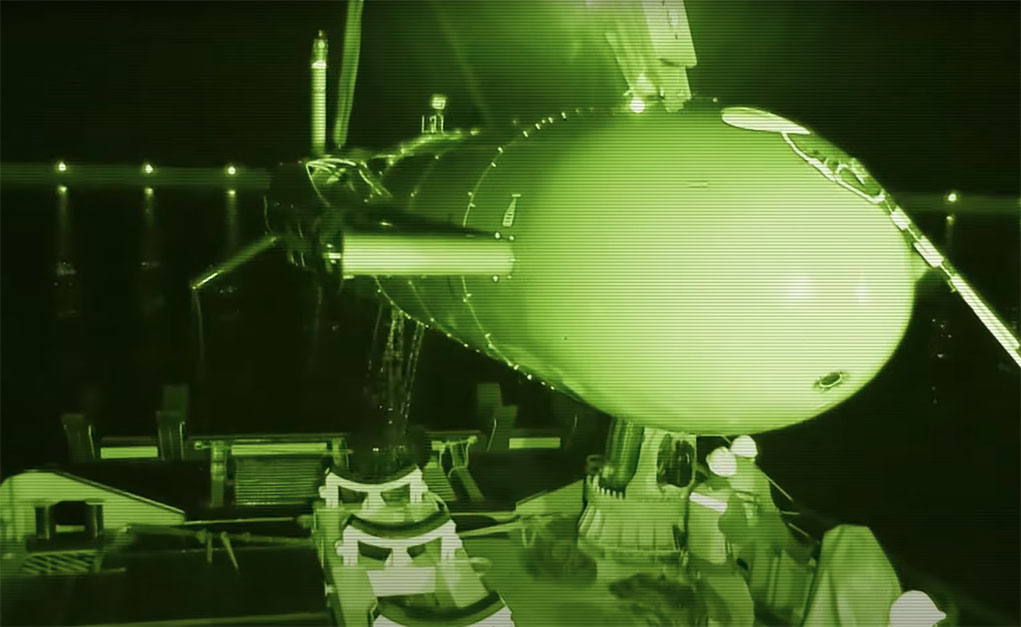
Updated – 10 May 2023: Israel Aerospace Industries (IAI) has developed a large Autonomous Underwater Vehicle (AUV) called “BLUE WHALE,” designed for covert intelligence gathering in the open sea and coastal waters. The system incorporates Anti-Submarine Warfare (ASW) sonars developed in partnership with Atlas Elektronik and was unveiled at the Undersea Defence Technology (UDT) event held this week at Rostock, Germany.
The system incorporates ATLAS ELEKTRONIK’s unique, towed passive sonar triplet array. In contrast to existing towed sonars, the combined system is designed to function at depths traditionally exploited by submarines to avoid detection. A transmitter developed by ATLAS ELEKTRONIK, deployed from an autonomous or crewed surface vessel, enables the bistatic location and tracking of submarine targets by BlueWhale ASW. The towed sonar array is based on Atlas’ proven ACTAS (Active Towed Array Sonar) platform, a deep-water sonar system originally designed for surface vessel deployment. The system utilizes a low frequency sonar system that facilitates excellent area coverage while maintaining high sensitivity at depths previously beyond the reach of conventional sonar systems.
This AUV has undergone thousands of autonomous operation hours, including acoustic intelligence, identifying the presence of naval mines, and intelligence gathering for maritime and coastal targets.
The AUV measures 10.9 meters long and 1.12 m’ in diameter. It weighs 5.5 tons and can perform missions up to 30 days long. It can move at an optimal speed of 2-3 knots, with a maximum speed of 7 knots when required. BLUE WHALE has an integrated sensor payload mounted on an articulated telescopic mast that extends several meters high when fully opened, enabling the submarine to remain submerged throughout its mission, spanning two to four weeks. The AUV can descend to the bottom of the sea, where it can lurk and hide while using some of its sensors to collect intelligence for days. When submerged, the mast is stored in a container protecting the sensors and equipment. An intelligent, on-board controller manages the mission and sensors, sensors, communications, and power resources, enabling the operators to focus on the mission.
The sensors are mounted on the sail and telescopic mast. The mast mounts a small radar, designed for low-probability of intercept (LPI), and electro-optical payload providing visual intelligence (VISINT) just as a submarine does. An electronic support measures (ESM) sensor array is tasked with COMING and ELINT.
A broadband satellite communications antenna is also mounted on the mast, transferring the gathered data in real-time to command posts worldwide, either at sea or on land. To detect submarines and mines and gather acoustic intelligence, the AUV uses two types of sonars – a bi-static towed array for acoustic surveillance and submarine detection and flank sonar arrays for mine detection and seafloor mapping. The autonomous submarine can perform a significant portion of the operations of manned submarines, at minimal cost and maintenance, without the need for personnel on board. The AUV can be shipped in a standard 40-foot shipping container and deployed from a port or a support ship at sea. In addition, the Blue Whale can be used as a forward scout for manned submarines, special forces, and naval commandoes.


[wlm_ismember]
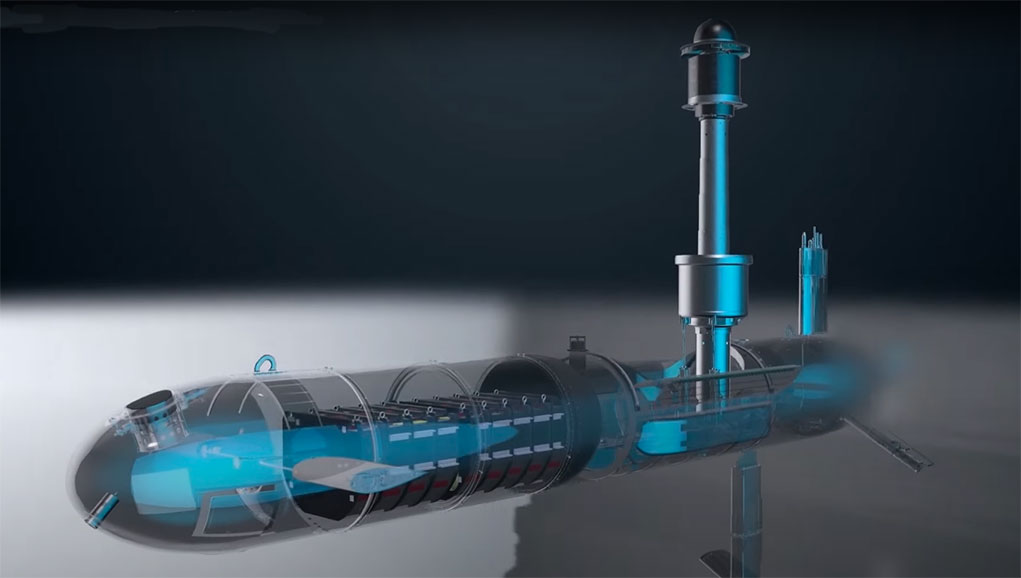
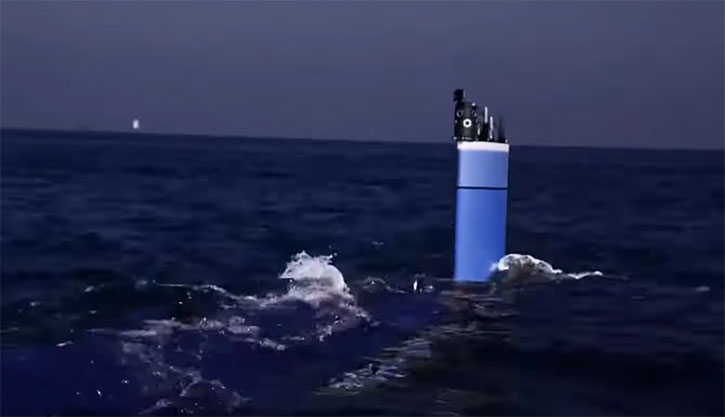
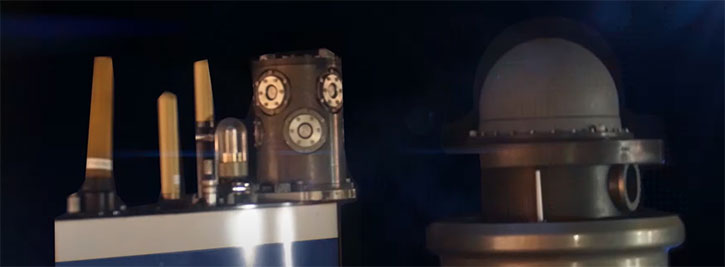
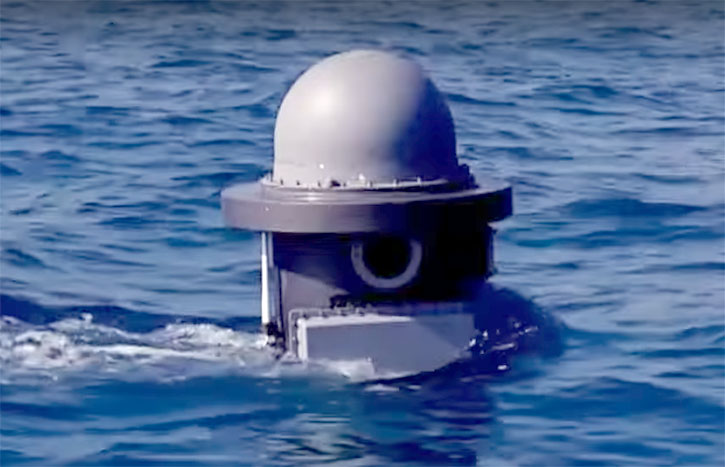

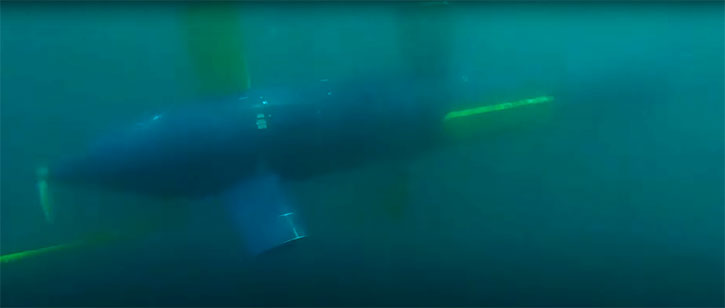
[/wlm_ismember]




















